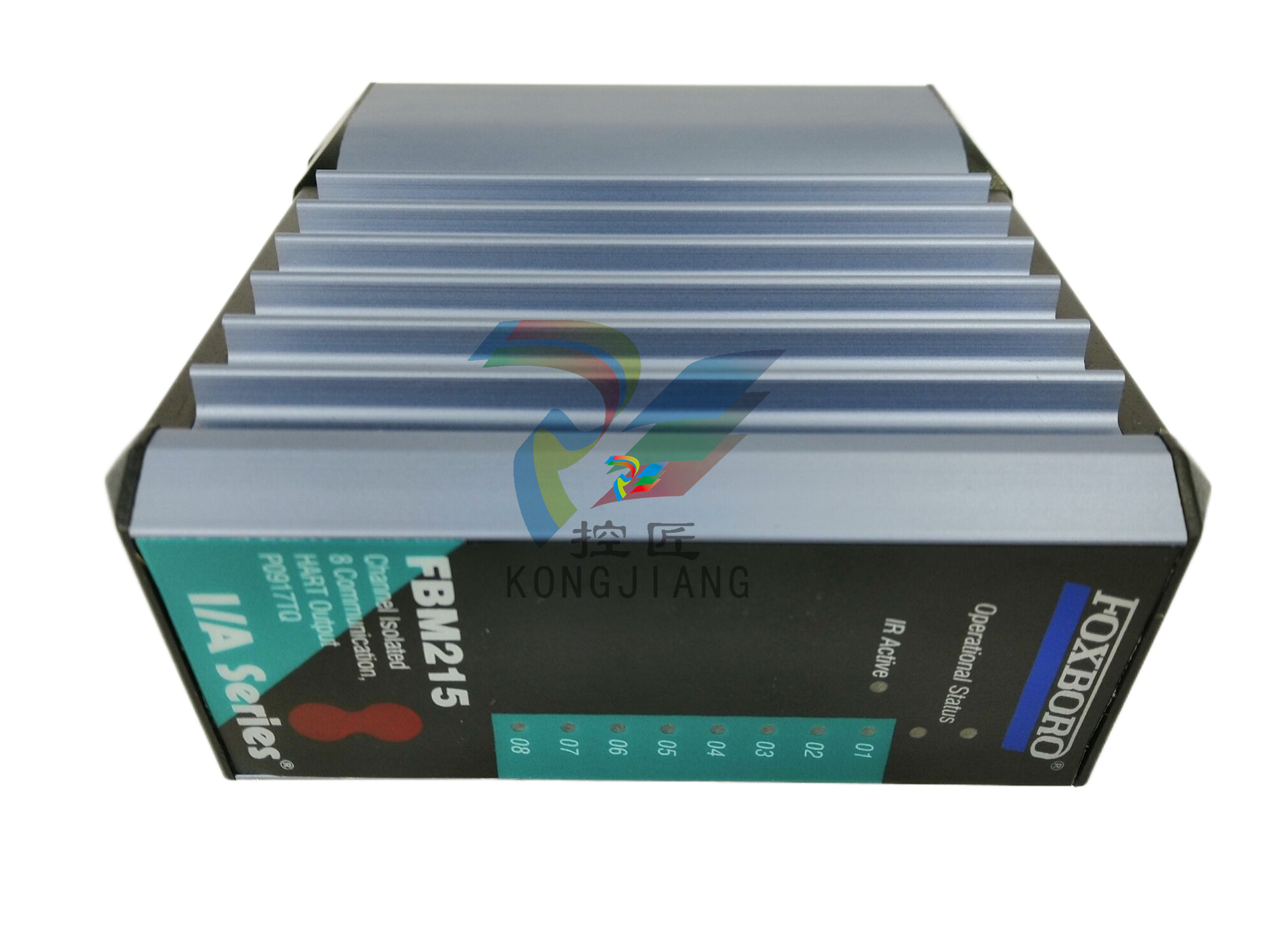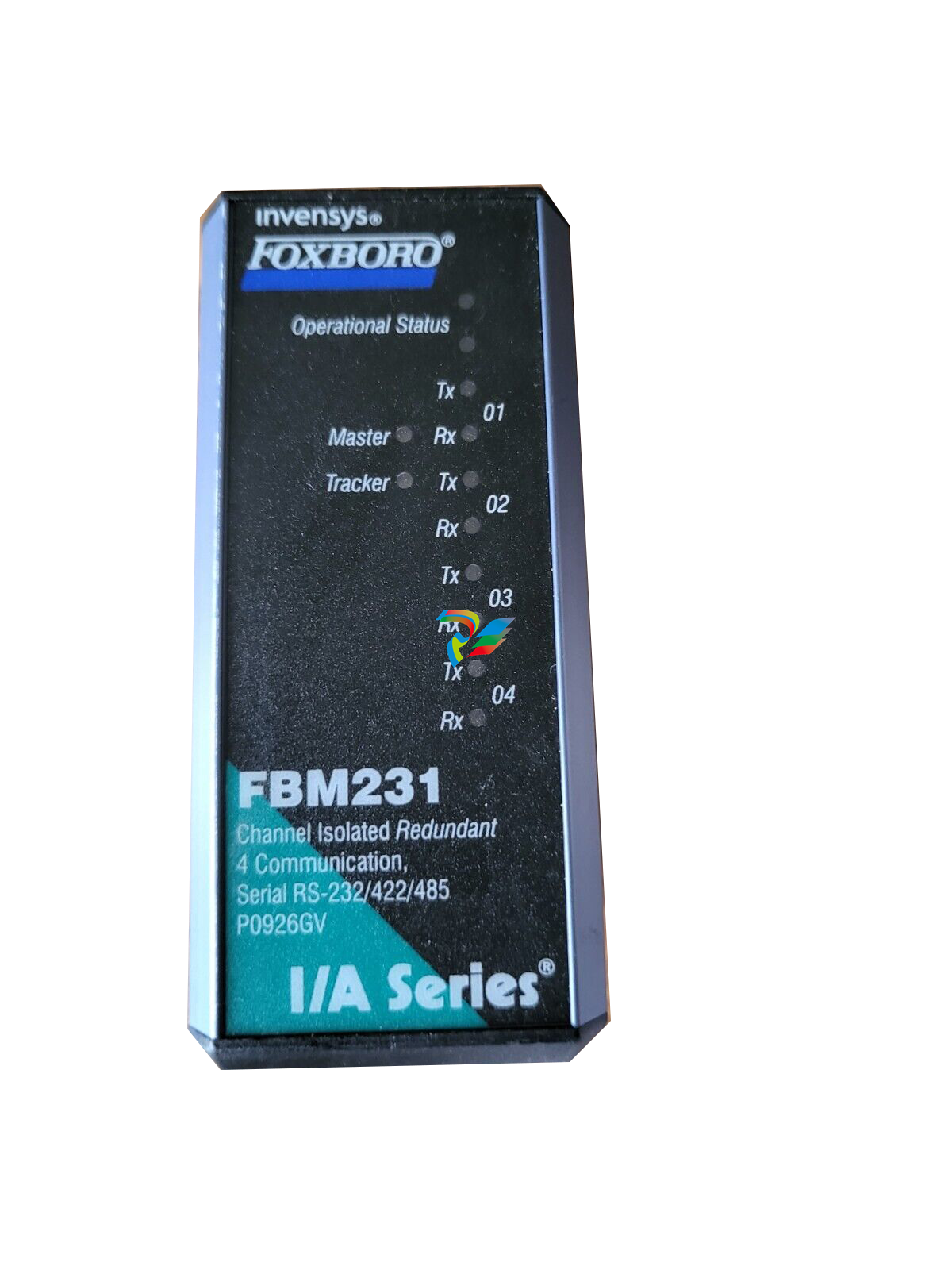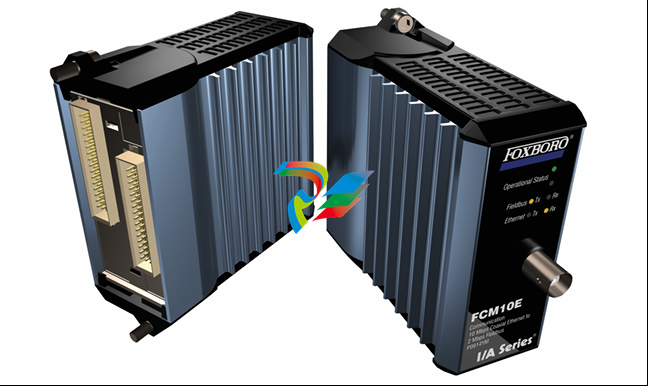
Stability ICH Q1A Testing for Pharmaceutical Product Validation
# Climatic Chambers for Stability Testing: Understanding ICH Q1A Testing and Their Features In the pharmaceutical industry, ensuring the stability and quality of drugs is of utmost importance. This is where climatic chambers play a crucial role, particularly in the context of ICH Q1A testing. ## I. Introduction to ICH Q1A Testing The International Council for Harmonisation of Technical Requirements for Pharmaceuticals for Human Use (ICH) has developed guidelines to standardize the testing procedures for pharmaceutical products. ICH Q1A(R2) guideline, specifically, focuses on stability testing of new drug substances and products. The objective of this testing is to provide evidence on how the quality of a drug substance or product varies with time under the influence of environmental factors such as temperature, humidity, and light. This information is vital for determining the shelf life, storage conditions, and labeling instructions of pharmaceutical products.

## II. Features of Climatic Chambers for Pharmaceutical Stability Testing ### A. Temperature and Humidity Control 1. **Precision Temperature Regulation** - Climatic chambers used for pharmaceutical stability testing are designed to maintain highly accurate temperature levels. They can typically be set within a wide range, often from -70°C to +180°C or even wider in some advanced models. The temperature control accuracy is usually within ±0.1°C or better. This precision is essential as even slight temperature variations can affect the chemical and physical stability of drugs. For example, a drug that is sensitive to temperature may degrade faster at higher temperatures, leading to a loss of potency or the formation of harmful degradation products. 2. **Humidity Control Capabilities** - These chambers also offer excellent humidity control. They can maintain relative humidity levels from as low as 10% to as high as 98% with an accuracy of ±1% to ±3% depending on the chamber's specifications. Controlled humidity is crucial because many drugs can absorb or lose moisture, which can impact their stability and performance. For instance, hygroscopic drugs may clump or change their physical form if exposed to high humidity, while low humidity can cause desiccation and cracking in some formulations. ### B. Programmability and Data Logging 1. **Programmable Testing Cycles** - Modern climatic chambers allow for the programming of complex testing cycles. Users can set different temperature and humidity profiles over time to mimic real-world storage and transportation conditions. For example, a program can be created to simulate seasonal temperature and humidity changes that a drug may experience during its shelf life. This programmability enables pharmaceutical companies to conduct comprehensive stability studies and evaluate the long-term effects of different environmental conditions on drug quality. 2. **Data Logging and Monitoring** - They are equipped with advanced data logging systems that continuously record temperature, humidity, and other relevant parameters during the testing process. The logged data can be easily retrieved and analyzed to assess the stability of the drug samples. This feature is not only important for regulatory compliance but also for understanding the behavior of the drug under test. In case of any unexpected changes in drug quality, the historical data can be used to identify the possible causes, such as a temperature excursion or humidity spike. ### C. Uniformity of Conditions 1. **Airflow and Temperature/Humidity Distribution** - To ensure accurate and reliable test results, climatic chambers are designed to provide uniform temperature and humidity conditions throughout the chamber's interior. This is achieved through optimized airflow patterns and proper distribution of heating and humidifying elements. The chambers are engineered to minimize temperature gradients and humidity variations from one location to another. For example, the use of forced convection airflow helps to circulate the air evenly, ensuring that all drug samples placed inside the chamber are exposed to the same environmental conditions. Uniformity of conditions is crucial because any differences in temperature or humidity across the samples could lead to inconsistent test results and inaccurate assessments of drug stability. ### D. Construction and Materials 1. **Corrosion-Resistant Materials** - The interior of the climatic chamber is typically made of corrosion-resistant materials. Since pharmaceutical stability testing often involves the use of samples that may release corrosive substances or be sensitive to contaminants, the chamber's construction materials are carefully selected. Stainless steel is commonly used for the chamber walls, shelves, and other internal components as it is resistant to corrosion and easy to clean. This helps to maintain the integrity of the chamber and prevent any potential contamination of the drug samples. 2. **Insulation Properties** - Adequate insulation is another important feature. Good insulation helps to maintain stable temperature and humidity levels inside the chamber by reducing heat transfer with the external environment. This not only improves the energy efficiency of the chamber but also ensures that the set environmental conditions are not affected by external temperature fluctuations. Insulation materials such as polyurethane foam are often used to achieve high thermal resistance and minimize energy consumption. ### E. Lighting and Other Considerations 1. **Light Control (if applicable)** - Some drugs may be sensitive to light, and for such cases, climatic chambers can be equipped with light control features. They can provide different levels of light intensity and can be programmed to simulate daylight or other lighting conditions. The ability to control light exposure is important for testing the photostability of drugs, as exposure to light can cause chemical reactions and degradation in certain pharmaceutical formulations. 2. **Size and Capacity** - Climatic chambers come in various sizes and capacities to meet the diverse needs of pharmaceutical companies. They can range from small benchtop models suitable for testing a limited number of samples to large walk-in chambers that can accommodate a significant quantity of drug products. The choice of chamber size depends on the scale of the stability testing program and the available laboratory space. ## III. Conclusion Climatic chambers with their advanced features are essential tools for conducting ICH Q1A testing in the pharmaceutical industry. Their ability to precisely control temperature, humidity, and other environmental factors, along with programmability, data logging, and uniform condition distribution, enables pharmaceutical companies to accurately assess the stability of drugs. By ensuring the quality and stability of pharmaceutical products through proper stability testing, these chambers contribute to the safety and effectiveness of medications available to the public. The continuous development and improvement of climatic chamber technology will further enhance the reliability and comprehensiveness of stability testing, supporting the growth and innovation in the pharmaceutical sector.













































.jpg)
.jpg)
.jpg)





.jpg)



.png)
.jpg)

.jpg)
_lVjBYb.jpg)

.jpg)
.jpg)



.jpg)
.jpg)







.jpg)

.jpg)
.jpg)











.jpg)




.jpg)
.jpg)
.jpg)
.jpg)
.jpg)
.jpg)

.jpg)
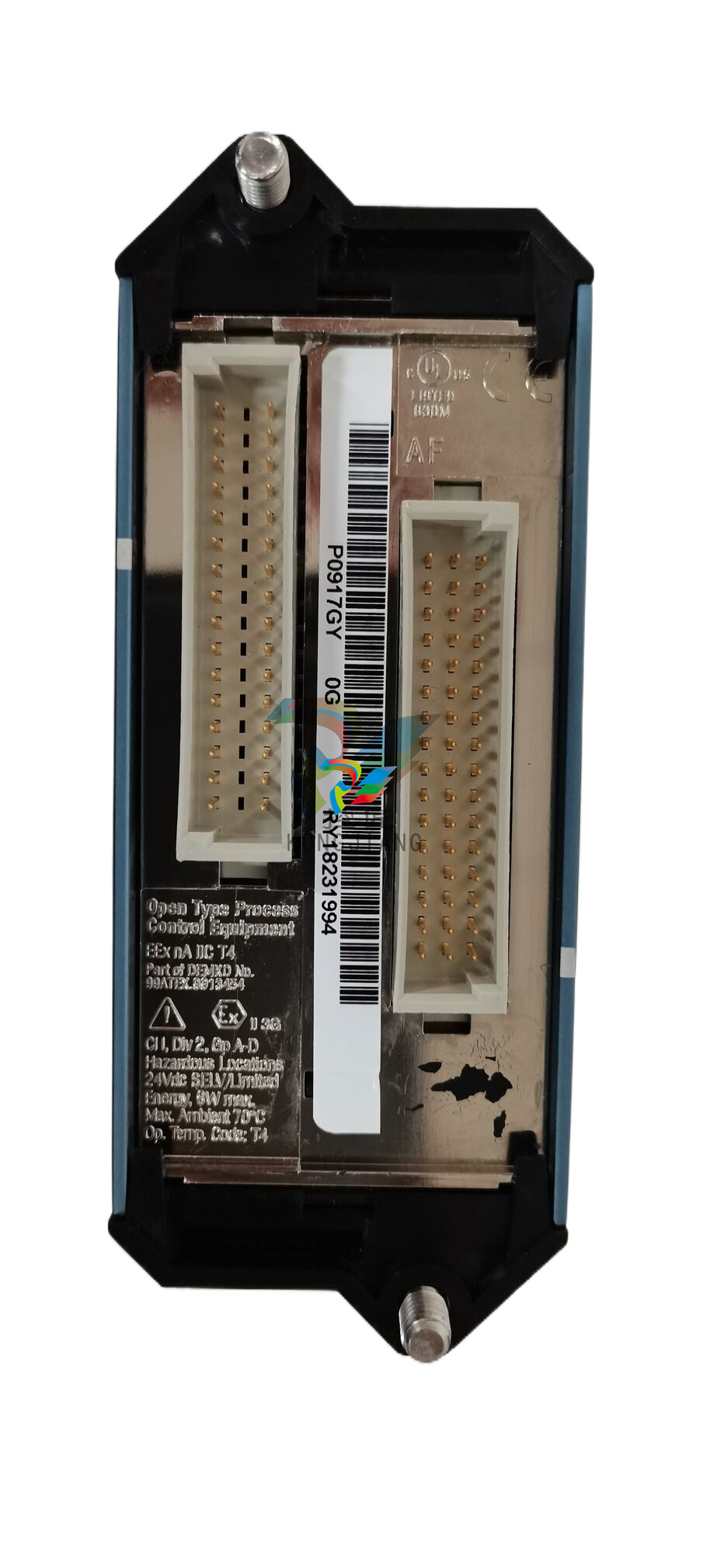
.jpg)
.jpg)
.jpg)
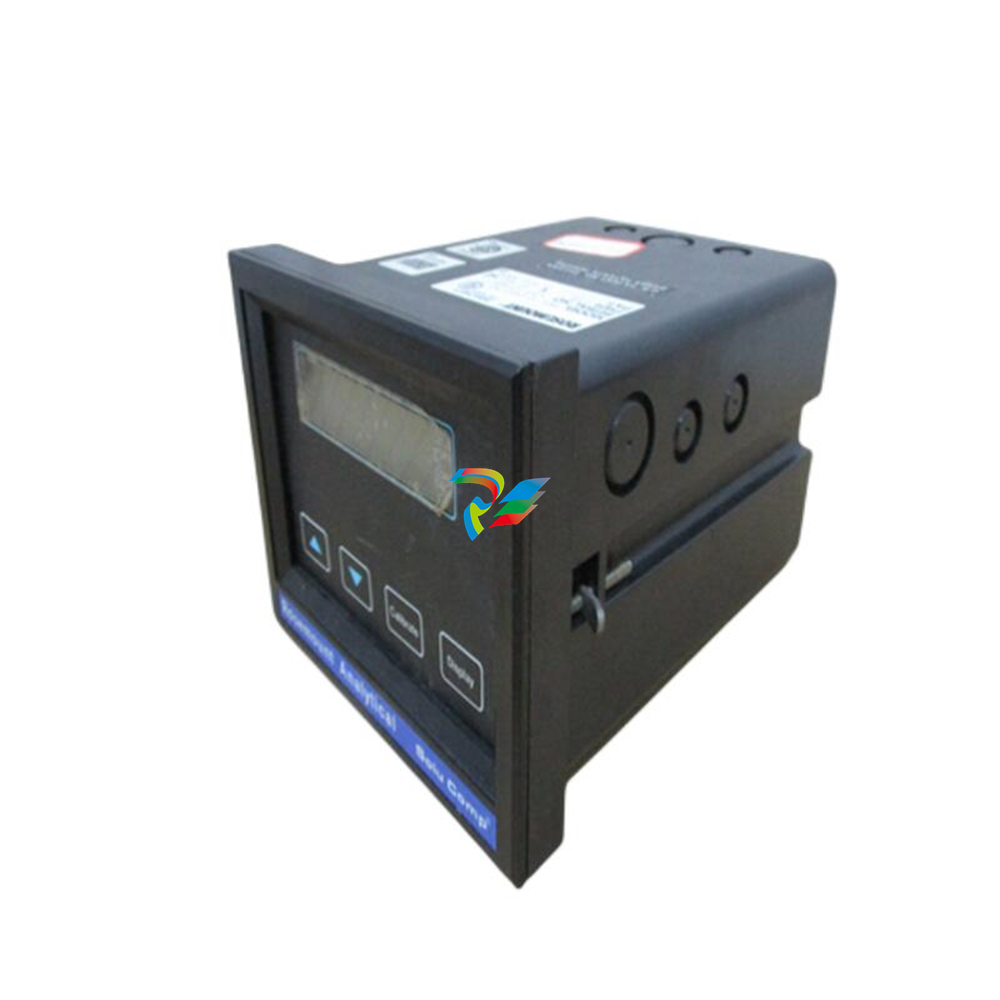
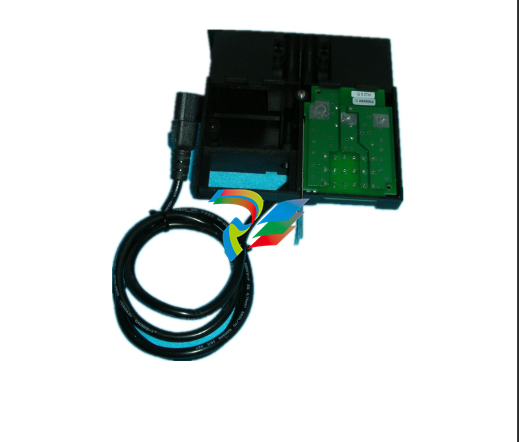
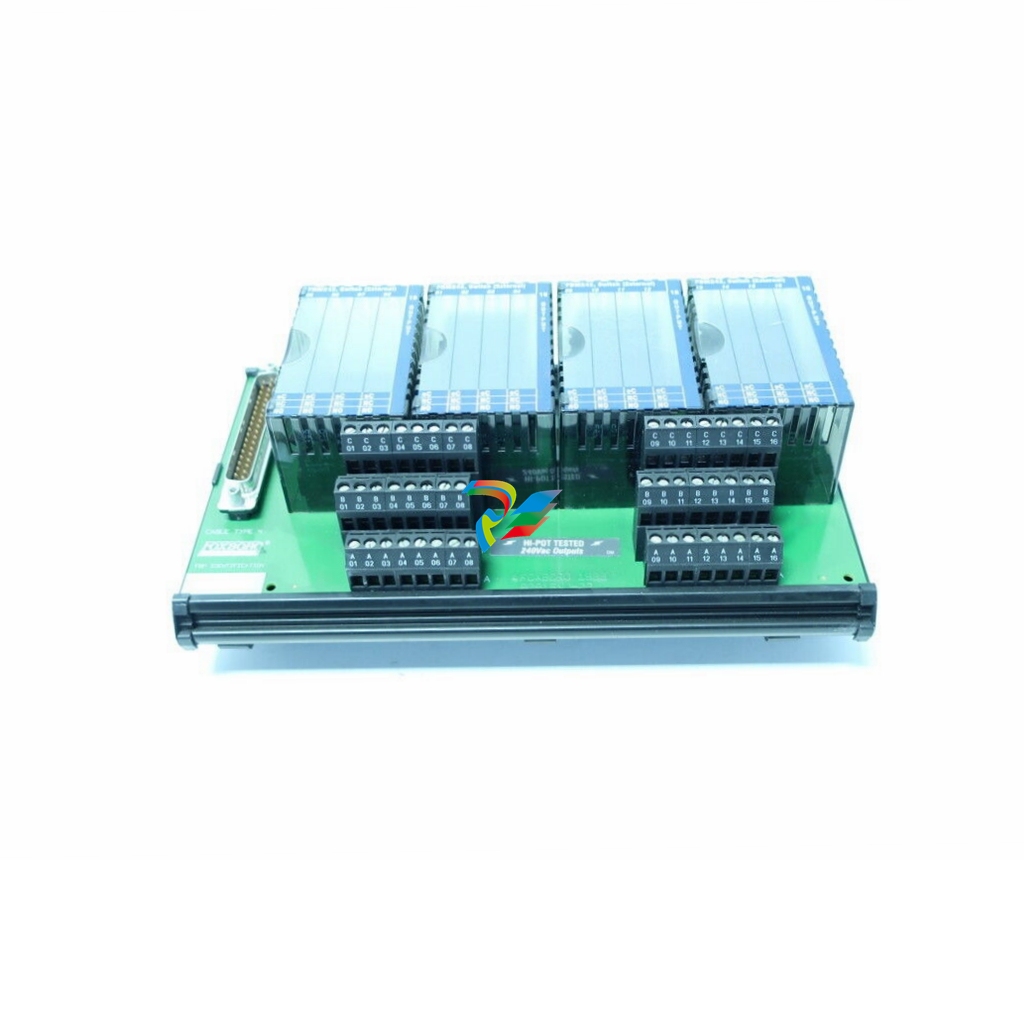


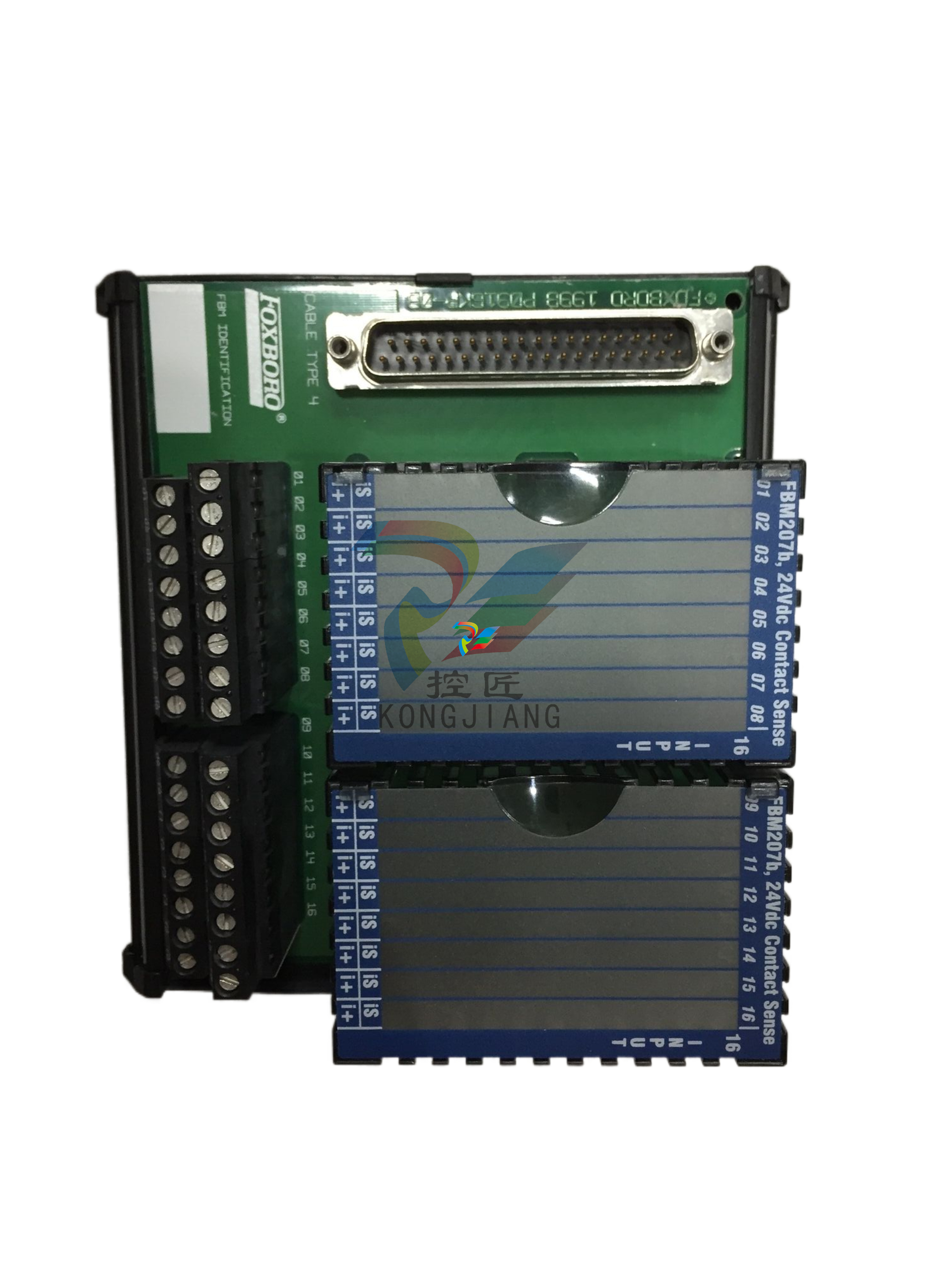
.jpg)
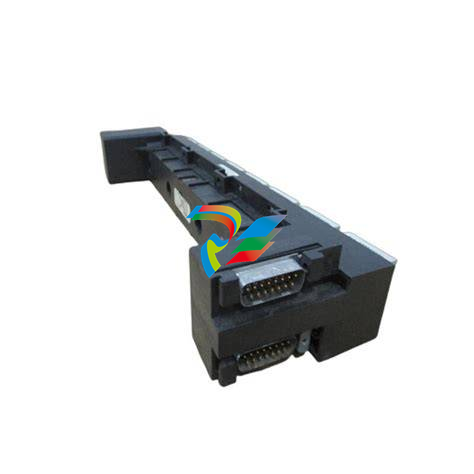
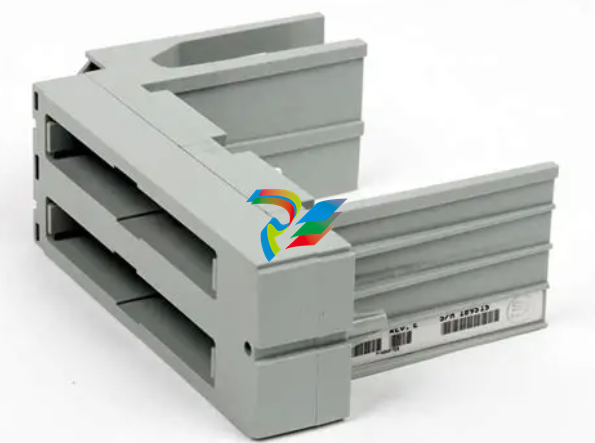
.jpg)
